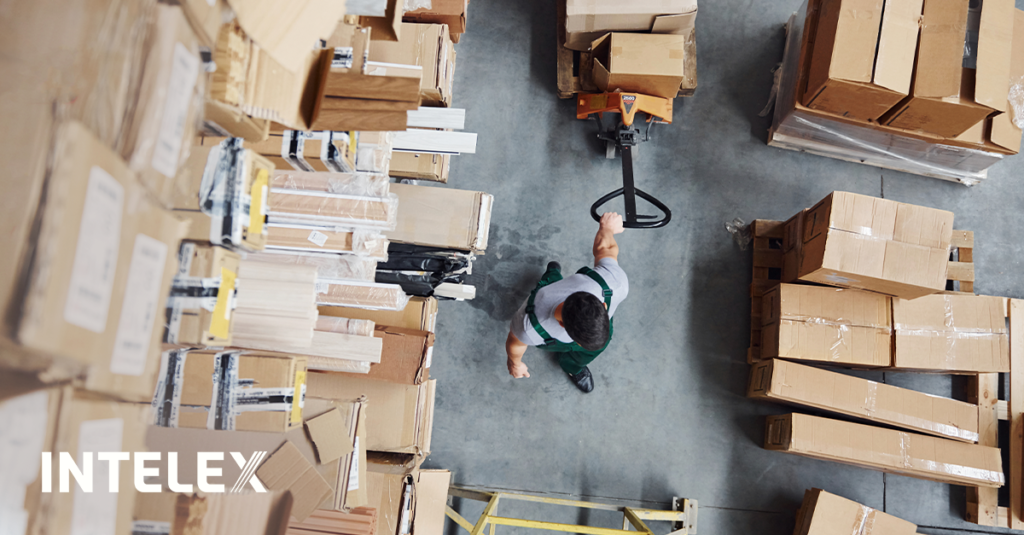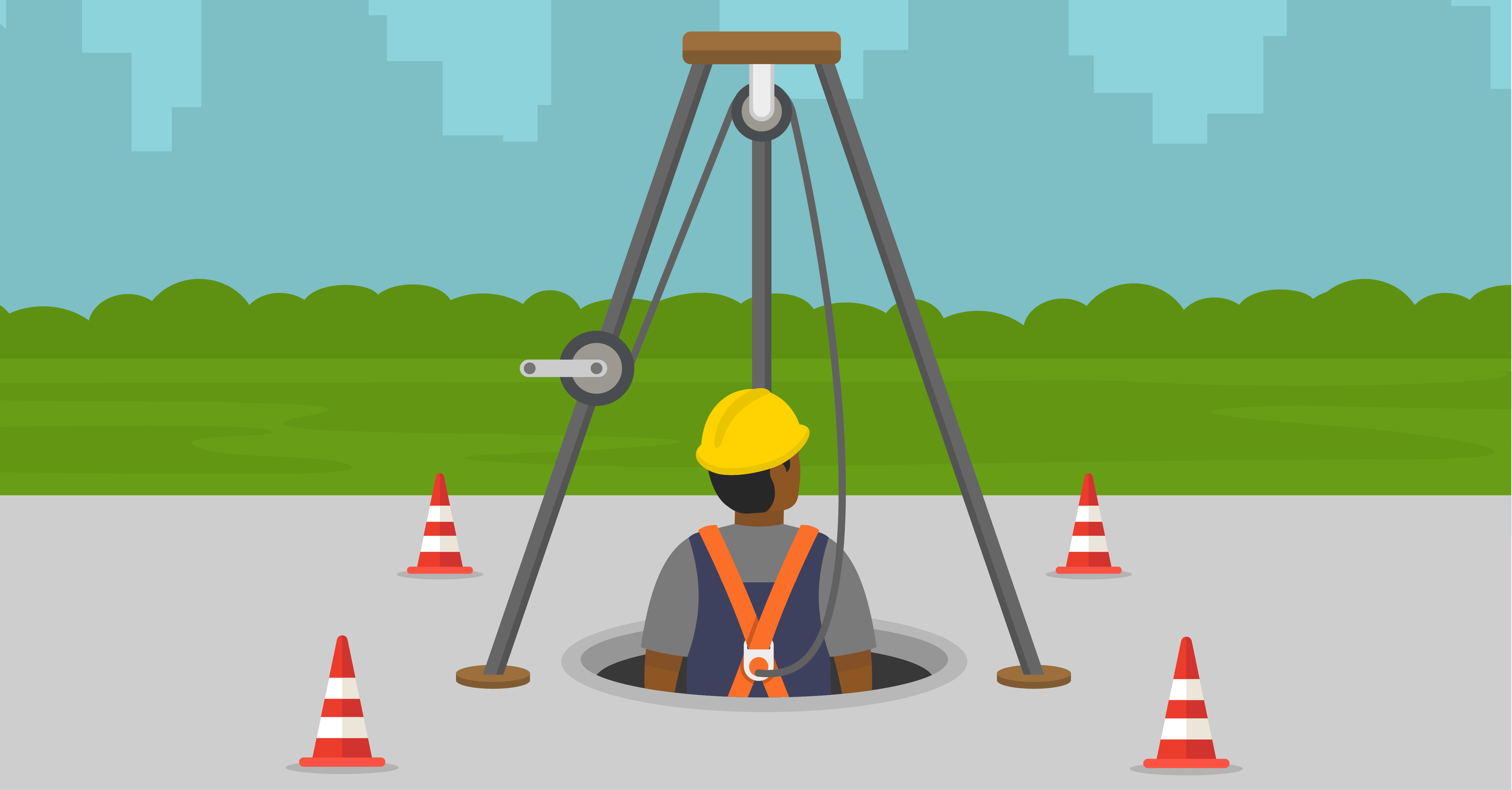Transforming Health & Safety
November 10, 2016

What got us to where we are today will not get us to where we want to be tomorrow.
Decades of awareness building, training, and record keeping on Occupational Health and Safety – spearheaded by private and public enterprises and prodded along by governments – have got us to where we are today. These efforts have moved us incrementally along a path over the past four decades from literally dozens of deaths per day in the US alone, to a quarter of this number today.
However, the new standard many companies are striving for of zero fatalities and zero serious injuries requires a breakthrough. Traditional health and safety investments relying on moral suasion and larger budgets suffer from diminished returns after a certain point. To drastically change safety outcomes, we need to look beyond traditional Environment, Health and Safety (EHS) approaches. New social and mobile technology offer hope of getting us there as they expose our thinking to new mental frameworks. Mobile technology as an “always on for everyone, always there for everyone” communications channel creates an opportunity to drive safety engagement throughout an entire organization.
Consider these “game changing” elements of mobile technology:
- Data Science aligned against these new torrents of available data streams can allow for benchmarking on leading indicators and prescriptive avoidance of serious incidences. Big Data infrastructure offers up the promise of safety “personalization” that reaches every corner of the shop room floor and every person in the field.
- Gamification of employees’ workplace training spurs adoption and usage. A badge in a mobile app is likely to mean more than a plaque on a wall. Applying game design to a non-game application like EHS makes it more enjoyable and engaging to use. Although we would like to believe moral imperatives and training on the social good of health and safety is the best approach forward, people at work and leisure respond exceptionally well to applications that have appeal and are motivating. Mobile further assists with providing health and safety solutions in small, meaningful and memorable doses. Being able to sustain safety over time implies ongoing efforts. Often this means incremental tasks, actions, and activities each day that have a cumulative effect on company safety performance versus the impact of one-time large-scale events. Mobile technology provides an effective medium to deliver and to track these ongoing smaller actions that drive real change.
- Solve the “Last Mile” conundrum by reaching large masses of under-serviced populations that suffer disproportionately higher rates of fatality and serious injury. Safety is everyone’s concern but for breakthrough reductions, we need to find solutions for those disproportionately affected and for whom traditional safety education solutions have under-delivered. By the numbers, this includes minorities and contract workers. Mobile solutions offer the potential to reach these groups. Everyone understands that safety is neither a project nor a onetime engagement. Efforts need to be ongoing and pervasive through the day-to-day corporate culture and need to reach everyone. Mobile technology that amplifies and extends the reach of information can help us overcome The Last Mile conundrum and help us reach the underserved but high-risk employees.
Don’t take a risk on risk management.
Unlike other mobile applications, choosing an EHS mobile app is not a simple “feature and functions” race. Because of the complexity and variety of operational requirements both within companies and within sectors, a simple feature list for an EHS app is not helpful in evaluating their potential effectiveness or fit. Consider the following six essential requirements when adopting mobile EHS applications:
- Is it field tested and battle ready?
- Are configurable views unique to/optimized for mobile?
- Is it optimized to capture leading indicators?
- Does it offer integrated predictive and prescriptive analytics capabilities?
- Is it an EHS Mobile Software as a Platform or a simpler stand-alone entity?
- Does your vendor offer the opportunity for co-creation?
The key is to think beyond mere compliance requirements to engaging workers in new and meaningful ways on their safety, creating great outcomes for the entire organization. The right social-mobile technology affords the opportunity to reach those who are most at risk and to meaningfully engage in the moments that actually matter, preventing injuries and saving lives. The adoption of mobile technology in EHS, in turn, enables prescriptive analytics that can guide us to an environment with the ultimate goal of zero deaths and zero serious injuries.
Care to learn more and to create a healthier, safer workplace? Read more about how digital disruption and mobile technology is putting us on the cusp of a leap forward in health & safety by downloading the full whitepaper today!






